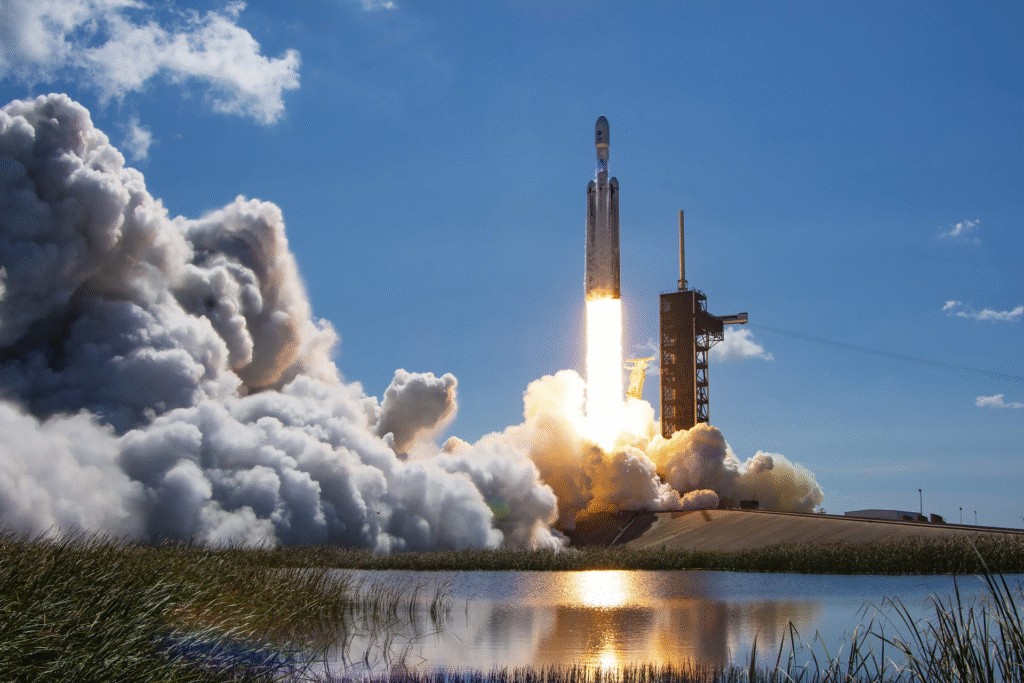The departures are not entirely voluntary. NASA has offered early retirement packages, buyouts, and deferred resignations to meet the administration’s directive to downsize the federal workforce. Of the 2,145 employees set to leave, 875 hold GS-15 ranks, the highest non-executive level, often reserved for senior scientists, engineers, and program managers. These roles are critical for overseeing complex projects like the Space Launch System (SLS) rocket or the Mars Sample Return mission. Losing such expertise could create gaps that are difficult to fill, especially in specialized fields like aerospace engineering.
The Marshall Space Flight Center in Huntsville, Alabama, is among the hardest hit, with 279 senior staffers expected to depart. This facility, a hub for rocket propulsion and lunar lander development, is central to NASA’s Artemis program. The loss of nearly a fifth of its senior workforce raises questions about the agency’s ability to maintain momentum on projects already facing budget scrutiny and technical challenges.
Impact on NASA’s Mission
NASA’s goals are among the most ambitious in its history: returning astronauts to the moon by 2028, establishing a lunar base, and laying the groundwork for Mars missions by the 2030s. These efforts require seasoned leadership and deep technical knowledge. Experts warn that the departure of over 2,100 senior employees could lead to delays, cost overruns, or even mission cancellations. For instance, the Artemis program, already grappling with a $1.3 billion budget cut for 2026, relies on experienced staff to navigate its complex engineering and international partnerships.
The loss of institutional knowledge is particularly concerning. Senior employees often serve as mentors, passing down expertise gained from decades of work on missions like Apollo or the Space Shuttle. Without them, younger staff may struggle to bridge the gap, potentially stalling progress. A 2021 NASA report highlighted that workforce shortages in key areas—like propulsion systems design—were already a challenge, and this exodus could exacerbate those issues.
Leadership Vacuum and Political Tensions
Adding to the uncertainty is NASA’s lack of a confirmed administrator. After Jared Isaacman’s nomination was withdrawn, Transportation Secretary Sean Duffy was appointed interim director, a move that surprised many given his background in television and politics rather than space exploration. X posts have speculated about the decision, with some users questioning whether Duffy’s appointment signals a shift toward prioritizing cost-cutting over scientific ambition. The absence of a permanent leader complicates NASA’s ability to navigate the budget cuts and retain confidence among its workforce.
Tensions with private space companies, particularly Elon Musk’s SpaceX, further muddy the waters. Musk, a key player in NASA’s commercial partnerships, reportedly clashed with the administration over leadership choices, adding to the agency’s instability. While SpaceX’s reusable rockets have lowered costs for NASA, the agency’s reliance on private partners could grow if internal expertise continues to dwindle.
A Broader Context for Space Exploration
The staff cuts come at a time when global competition in space is intensifying. China’s lunar ambitions, including plans for a moon base by 2036, and India’s growing space program underscore the need for a robust NASA. Losing senior talent could weaken the U.S.’s position, especially as private companies like SpaceX and Blue Origin take on larger roles. While commercial partnerships have driven innovation, NASA’s unique expertise in deep-space exploration and scientific research remains irreplaceable.
The budget cuts also reflect a broader push to reduce federal spending, a priority for the Trump administration. However, critics argue that slashing NASA’s $25 billion budget—already a fraction of the Pentagon’s—could yield diminishing returns. A single Artemis mission costs billions, and delays caused by staff shortages could negate any short-term savings. X users have voiced frustration, with one calling the cuts “a sledgehammer to America’s scientific backbone,” highlighting the stakes for the nation’s space legacy.
What Lies Ahead
NASA is no stranger to budget constraints, having faced similar challenges during the post-Apollo era. Yet the scale of this exodus—over 10% of its 18,000-strong workforce—sets it apart. The agency is reportedly exploring ways to mitigate the impact, such as accelerating recruitment or leaning on contractors, but replacing decades of experience is no small feat. Training new hires to GS-13 or GS-15 levels can take years, and the specialized nature of NASA’s work limits the talent pool.
For now, the agency must balance its immediate challenges with long-term goals. The Artemis program, which aims to land the first woman and person of color on the moon, remains a flagship priority, but its timeline is increasingly uncertain. As NASA navigates this turbulent period, the loss of senior talent could cast a long shadow over its ability to inspire and innovate.
